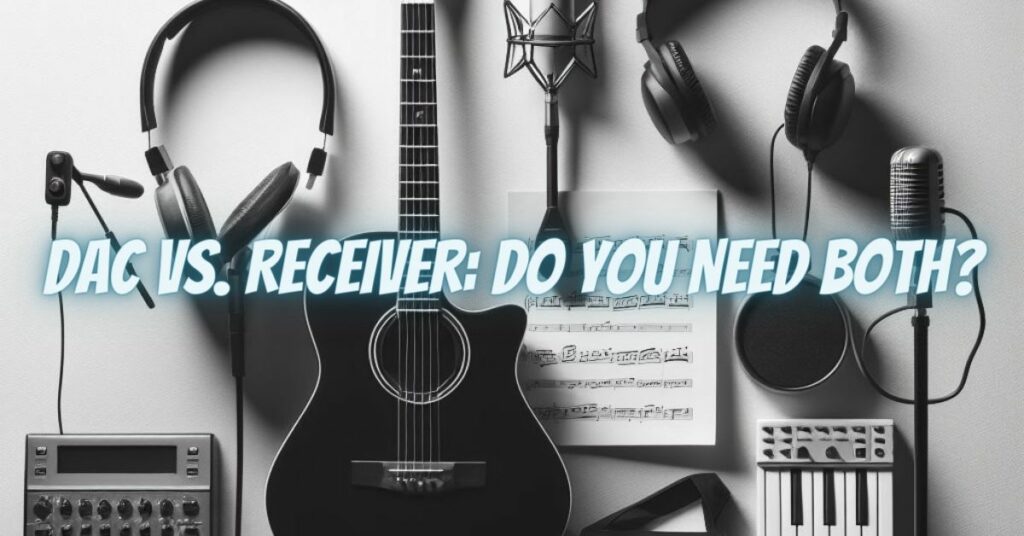In the world of home audio, enthusiasts and casual listeners often face a dilemma when it comes to the necessity of a Digital-to-Analog Converter (DAC) in their setups, especially when they already own a receiver. Receivers are central components of home audio systems, equipped with various functions, including amplification and audio processing. But does this mean you don’t need a DAC if you have a receiver? This article aims to shed light on the roles of both devices and help you make an informed decision.
Understanding the Receiver
A home audio receiver is a multifunctional device that serves as the heart of your audio and video system. It typically combines several components into one unit, including:
- Amplifier: Receivers include built-in amplifiers to power your speakers. The amplifier amplifies the audio signal, making it suitable for playback through your speakers.
- Audio Processing: Receivers are equipped with audio processing capabilities to decode various audio formats, handle equalization, and provide various sound modes (e.g., Dolby Atmos, DTS:X) for home theater applications.
- Connectivity: Receivers offer a multitude of input options, including HDMI, RCA, optical, and more, enabling you to connect different audio sources such as Blu-ray players, gaming consoles, and streaming devices.
- Video Processing: Many modern receivers also handle video switching and processing, allowing you to route video signals through the receiver to your display.
The Role of the DAC in a Receiver
Most modern receivers come equipped with their own DACs. These built-in DACs perform the crucial task of converting digital audio signals into analog ones, allowing your speakers to reproduce sound. These internal DACs are often of decent quality, designed to meet the needs of the average consumer.
However, when it comes to high-end audio systems and more discerning listeners, the DACs in receivers may not always provide the level of audio quality they desire. In such cases, an external DAC can serve as an enhancement to the receiver’s performance.
Do You Need a Separate DAC?
Whether or not you need a separate DAC when you have a receiver depends on several factors:
- Audio Quality Expectations: If you’re satisfied with the sound quality produced by your receiver’s internal DAC and it meets your listening needs, there may be no immediate need for an external DAC.
- High-End Audio System: If you have invested in high-end speakers and amplifiers and seek the highest audio quality possible, an external DAC can further improve the audio fidelity, as they are designed to cater to audiophile standards.
- Specialized Use Cases: Audiophiles and enthusiasts may require external DACs to tailor the sound to their specific preferences or work with niche audio equipment.
- Digital Sources: If you primarily use digital audio sources like high-resolution audio files or computer audio, an external DAC can significantly enhance the listening experience by offering superior digital-to-analog conversion.
- Budget Constraints: If you are on a tight budget, investing in an external DAC may not be a priority. You can always consider it as an upgrade in the future.
In the vast world of home audio, the decision of whether you need a DAC when you already have a receiver depends on your audio quality expectations and specific needs. Receivers with built-in DACs are sufficient for many users and provide good audio quality for most setups. However, if you have a high-end audio system, a passion for audio excellence, or specific listening preferences, investing in a high-quality external DAC can further elevate your listening experience. Ultimately, it’s about finding the balance that suits your preferences, budget, and audio goals.


